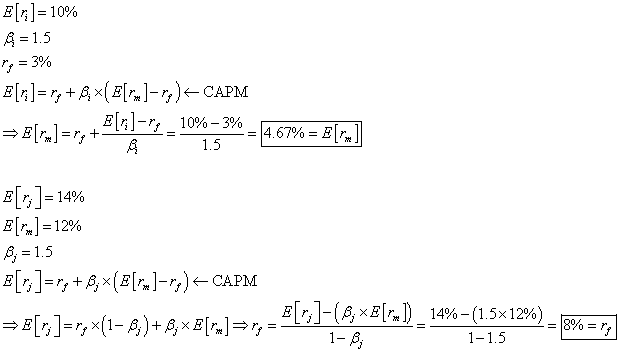How to Calculate Beta of Your Portfolio
Post on: 18 Апрель, 2015 No Comment

How to Calculate Beta of Your Portfolio
Photo courtesy of Amazing Travel Photos
Acknowledgements. I am grateful to the Bogleheads Forum users for their inspiration, comments and insights on this subject, especially user unsure123 who posed the original question What Does the Risk Measure Beta Mean? and user magician who provided a cogent explanation of beta and made suggestions on how to calculate it.
A couple of Greek letters that are popular in finance are alpha and beta. These are terms from Modern Portfolio Theory (MPT), which takes a very mathematical approach to finance and investing. Thus the abundance of Greek letters in MPT. But just what are alpha and beta, anyway? And how can you calculate them for your own portfolio?
The Risk Free Rate
First of all, one must understand the concept of the risk-free rate. Obviously everything has some risk, but just for the sake of argument, economists like to assume that the United States government is good for all its debt. If you lend money to your Uncle Moe, he may gamble it away and then lose his job due to alcoholism and not be able to pay back the loan. But Uncle Sam has full taxing authority and is considered good for the debt. They like to use the expression backed by the full faith and credit of the United States.
A proxy for this theoretical risk-free asset is the 13-week Treasury bill. Investors buy them at a discount from par, say 99.00 and about 3 months later, receive back the face value, or 100, earning the investor some nominal rate of return. So well use the 13-week T-bill rate which can be looked up on Yahoo Finance as symbol the ^IRX. If you click on Historical Prices, you get the annual rates for daily, weekly or monthly time series. We downloaded the monthly time series as a .cvs file and imported the data into Excel. Then we used a simple formula (Equ 1) to calculate the monthly return series from the annual yield:
Ym = [(1 + Ya) ^ (1/12)] — 1 (Equ 1)
The monthly return of the 13-week T-bill from Dec-1992 to May-2011 is plotted in the graph below.
One thing to note is that the T-bill return is always positive. It cannot go below zero. Typically, the monthly return has been around 0.4 percent, a.k.a. 40 basis points. However, since the end of 2008 the rate has been about 1 basis point. This is the infamous and widely criticized Zero Interest Rate Policy (ZIRP) of the Federal Reserve under the notorious Fed Chief Ben Bernanke.

Market Portfolio Returns
As a proxy for the market portfolio, well use the Standard & Poors 500 Index. The S&P 500 is an index of U.S. large cap stocks that is often considered a broad market index. It actually accounts for about 75% of the market capitalization of all U.S. publicly-traded companies. The S&P 500 does not include small-cap stocks or any international stocks. The reason The S&P 500 is used so often is because there is a lot of free data on the S&P 500 that is readily available for analysis.
In the next chart, Ive overlaid a plot of the S&P 500 monthly total return on top of the 13-week T-bill data.
The first thing to observe is how volatile the S&P 500 return is from month to month. The swings totally swamp the meager T-bill return. Talk about the tortoise and the hare! The second thing to observe is that the monthly return of stocks are both positive and negative.
Another observation is that the volatile is not constant across the whole time period. There were alternating periods of relative calmness and periods of wild swings. A weather or sailing analogy is apt. Stormy weather with rough seas, followed by calm seas, followed by more stormy weather.














